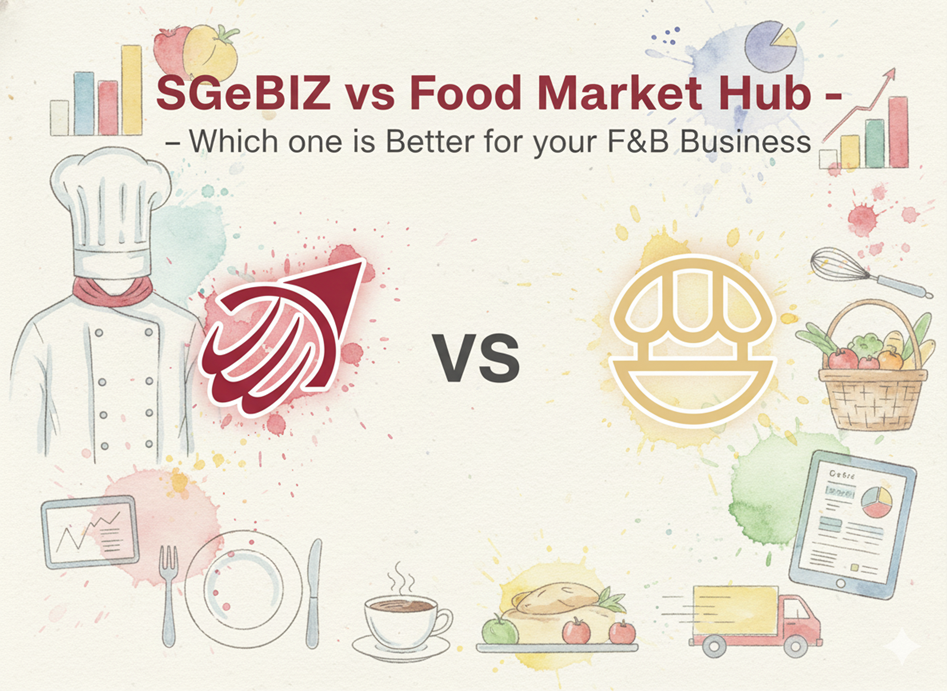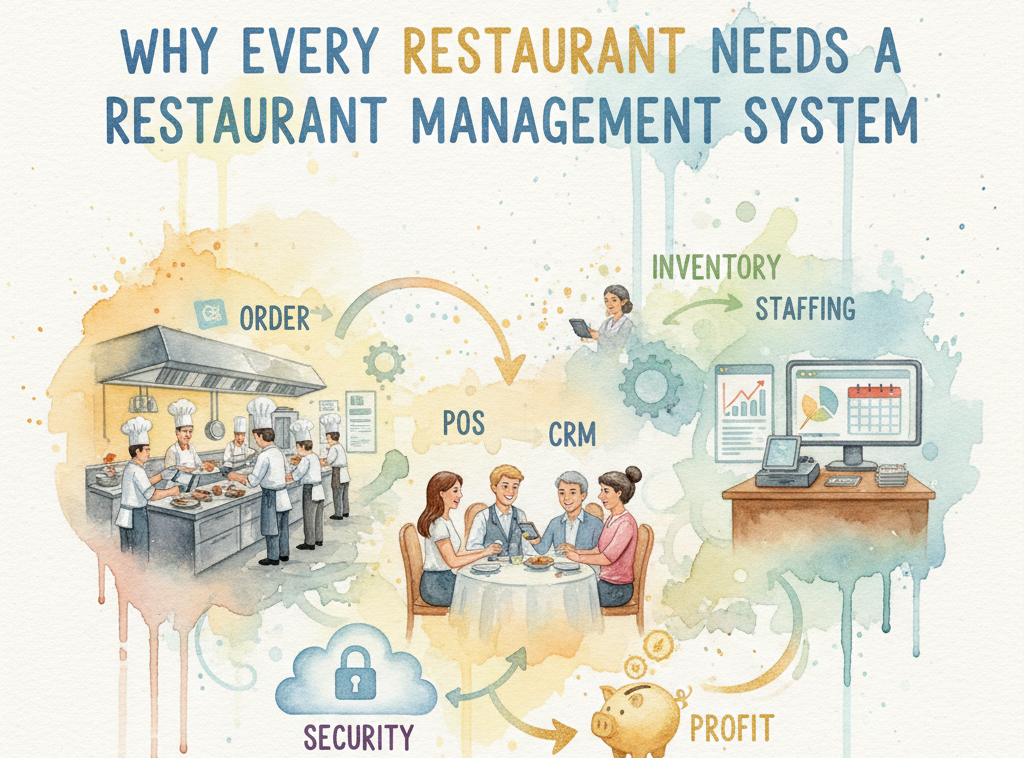Automating Purchase Orders: How to Simplify Your Procurement Workflow
.jpg)
In the dynamic world of procurement, efficiency is paramount. One key aspect of this process is the creation of purchase orders (POs), a critical step in acquiring goods and services. Traditionally, this task involved manual paperwork, emails, and a fair share of back-and-forth communication. However, today's procurement landscape is undergoing a significant transformation, with automation taking center stage. In this blog, we will explore the power of automating purchase orders and how it can simplify your procurement workflow, saving time, reducing errors, and increasing overall efficiency.
The Traditional Purchase Order Process
Before we delve into automation, let's briefly look at the traditional purchase order process:
1. From Manual Data Entry to Streamlining Information Handling
In the manual world of procurement, entering data into purchase order forms can be a time-consuming and error-prone task. Human errors and inconsistencies can lead to complications and delays. But with automation, you can eliminate these issues by streamlining the data entry process.
2. From Efficient Approval Workflows to Routing for Quick Decisions
The traditional approval process for purchase orders often involves multiple stakeholders. These approvals can create bottlenecks and slow down the procurement process. However, with automation, you can set up efficient approval workflows that route purchase orders to the right approvers quickly.
3. From Seamless Communication to Real-time Collaboration
Communication with suppliers, tracking order status, and resolving discrepancies are essential parts of procurement. In the traditional process, these tasks typically involve emails, phone calls, and manual follow-ups. But automation brings a new level of efficiency by enabling real-time communication with suppliers, automatic notifications, and better order tracking.
4. From Digital Record Keeping to Easy Access and Management
Managing and storing purchase order records, whether paper-based or digital, can be a cumbersome task. Finding specific records when needed can be challenging and time-consuming. Automation simplifies record keeping by storing all purchase orders digitally in a centralized system. This means easy access, quick retrieval, and efficient record management.
5. From Error Reduction to Ensuring Accuracy
Errors in purchase orders, whether from incorrect data entry or missed approvals, can lead to costly mistakes and delays. Automation significantly reduces the chances of errors by automating various aspects of the procurement process. This ensures greater accuracy and efficiency.
Implementing Purchase Order Automation
Now, let's explore how to implement purchase order automation effectively:
1. Identify Needs: Understanding Your Workflow
Before diving into automation, it's crucial to understand your procurement workflow thoroughly. Identify areas where automation can bring the most significant benefits.
2. Choose the Right Software: Selecting the Perfect Fit
Select a purchase order automation software that aligns with your organization's specific requirements. Ensure it integrates seamlessly with your existing systems.
3. Training and Adoption: Preparing Your Team
A successful automation implementation relies on your team's comfort and proficiency with the new system. Ensure proper training and support to maximize adoption and benefits.
4. Continuous Improvement: Adapting to Change
The procurement landscape is continually evolving. Regularly review and optimize your automated processes to keep them aligned with changing needs.
Streamlining Procurement with Food Market Hub
Before we wrap up, let's talk about how Food Market Hub can help streamline your procurement processes even further. Food Market Hub offers a comprehensive procurement management system that integrates seamlessly with your operations. Here's how it can assist:
- Supplier Integration: Food Market Hub helps you onboard and integrate all your supplier information in one platform, while helping you discover new suppliers to meet your restaurant’s requirements.
- Automated Ordering: With Food Market Hub, you can automate the generation of purchase orders based on your inventory levels and demand forecasts, reducing manual data entry.
- Supplier Communication: It facilitates real-time communication with your suppliers, allowing you to track order statuses, make changes, and resolve issues efficiently.
- Inventory Management: Food Market Hub helps you manage your inventory, ensuring you have the right stock levels to meet customer demand without overstocking.
- Data Insights: Gain valuable insights into your procurement with data analytics, helping you make informed decisions and optimise your purchasing strategy.
Conclusion: A Simplified Procurement Future
Automating purchase orders is not just about efficiency; it's about reducing errors, enhancing communication, and ultimately, simplifying your procurement workflow. It allows your team to focus on strategic tasks, supplier relationships, and cost-saving opportunities rather than getting bogged down in manual paperwork. Embracing automation, coupled with tools like Food Market Hub, is a step toward a more agile, streamlined, and efficient procurement process, positioning your restaurant for success in the ever-evolving business landscape.So, simplify your procurement workflow with automation, leverage the capabilities of Food Market Hub, and watch your efficiency soar.










